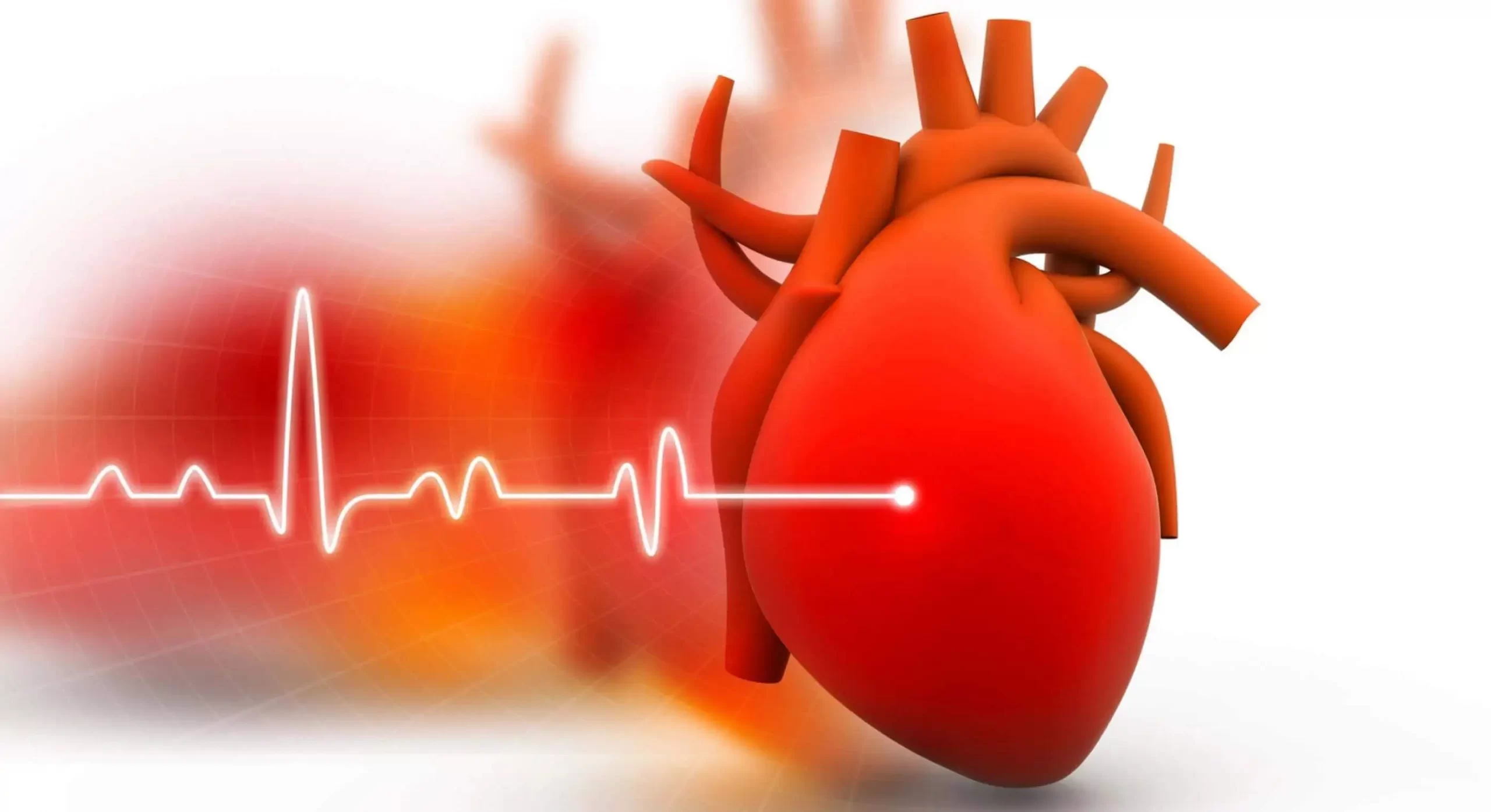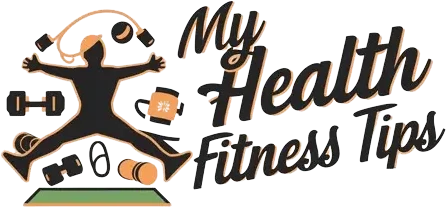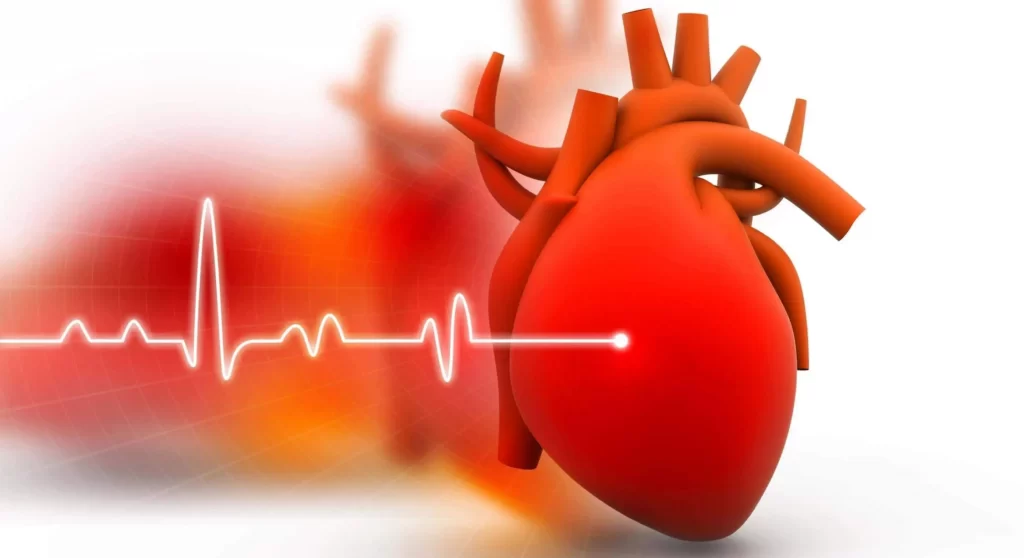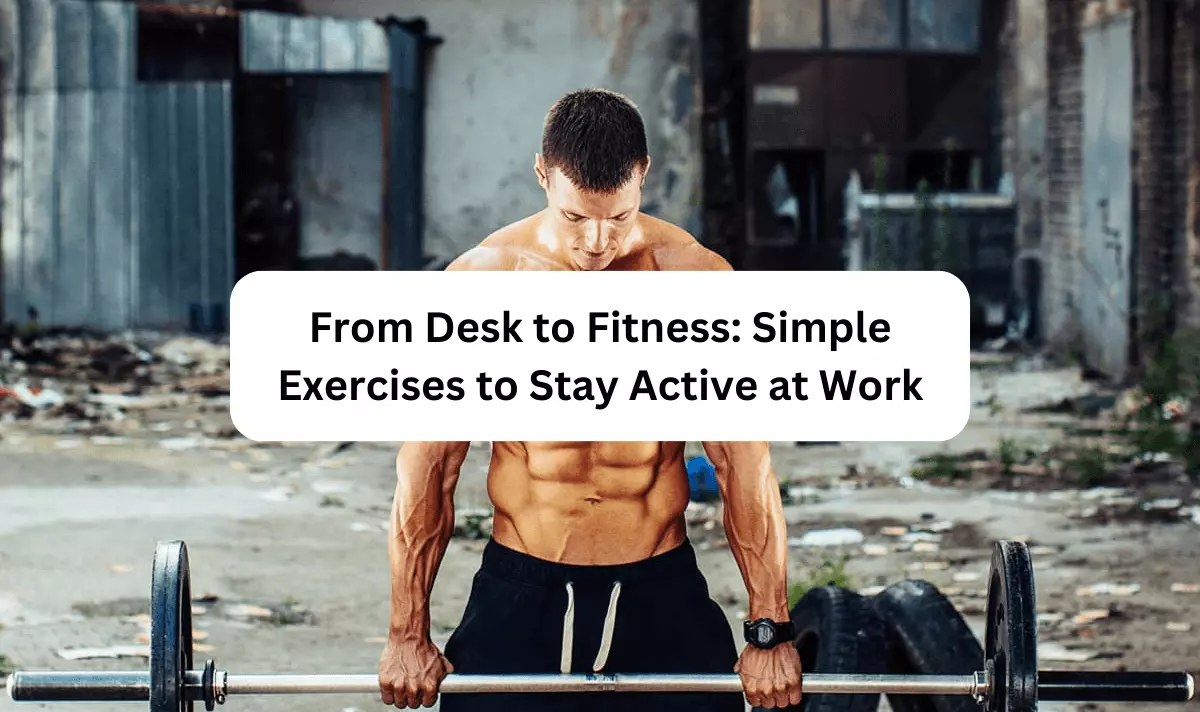Exercises for Healthy Heart
Living a sedentary lifestyle is increasing the risk of chronic ailments in people, especially conditions like heart diseases. With the culture of remote working across the globe, people have become more prone to inactive behaviour, raising concerns about heart health. In times like these, strengthening your heart is the best thing you can do. Handling all the stress in your life, building up a daily exercise schedule helps in controlling blood pressure, sugar levels, and body weight, which all contribute to better management overall heart health. Specialists recommend to go through at least 150 minutes doing moderate exercise every week that can strengthen both your heart and body.

To start with, learn about the best exercises for a healthy heart.
Aerobic Exercise (Cardio Exercises)
One of the best ways of cardiovascular conditioning and improving circulation is to take time out for aerobics. Ideally, at least 30 minutes of moderate aerobic activity is advised in a day that helps in reducing the risk of type 2 diabetes and maintain blood glucose levels. Also, it helps lower blood pressure, and keeps your arteries clear by raising good cholesterol (HDL). The intensity of the exercise should be based on individual tolerance for exercise and gradually increased with time.
People suffering from diabetes, hypertension, arthritis, pulmonary conditions, or heart disease, should consult a specialist before performing any such activity for the first time. If any unusual symptoms are found during exercise, such as tightness in chest, shortness of breath, jaw pain, or dizziness, stop exercising and seek immediate medical help.
Example– Brisk walking, running, swimming, cycling, playing tennis, rowing and jumping rope, all these activities come under aerobics that help in managing your cardiac output.
Strengthening Exercises
As you know, a person having body fat, especially abdominal (belly fat) has a higher risk of having heart disease. Resistance training or strengthening exercise is another great way to improve your heart health. When practiced with aerobics, strength training benefits in increasing HDL levels and lowering bad cholesterol (LDL) that reduces the risk of having a heart attack or stroke.
You can perform resistance training 3 days a week at a gap of a day for good results. Make sure that the strength training session involves workout of all your major muscle groups, including arms, shoulders, hips, legs, chest, and back.
Example- Push-ups, squats, chin-ups, weight-lifting, or using resistance bands are the best ways to start with! However, for resistance training you need assistance and proper coaching from the experts.
Stretching, Flexibility and Balance
It may not sound important, but stretching and flexibility contributes a lot to your workout. In fact, stretching is highly necessary before performing aerobics and resistance training to warm-up your body, saving you from joint pain or cramping. A flexible person can easily perform any type of physical activities that are beneficial for a healthy heart. Both stretching and flexibility training can be performed anytime and anywhere, improving your overall musculoskeletal health.
Also, strength, balance, and flexibility maintain stability, relieve stress levels, and prevent sudden body exhaustion, which could lead to health complications. Improving these elements is essential for the ones who are serious about heart health.
Examples- Yoga, Tai Chi improve these skills. You can start from basic knee, shoulder stretching or follow videos on the Internet if you’re concerned about the intensity of the exercise.
You cannot ignore the benefits of a healthy heart for longevity and quality of life. A regular exercise regime will help you keep the heart healthy for years to come. Practice Yoga, breathing exercises, jogging, dancing, running, or other physical activities you prefer. The idea is to get out there and move your body.

Alina Smith is a health blog author with an interest in the intersection of wellness and mental health. She’s worked as a writer, editor, and communications specialist for various healthcare organizations. Alina has also led projects to improve access to care for underserved populations in both rural and urban settings.








